Don't wanna be here? Send us removal request.
Text

CF-18 fighter from the 433 TFS, 3 Wing, Bagotville, Σημαία των Ηνωμένων ΠολιτειώνF-16 fighter from the 140th W, Colorado ANG, and an Royal Canadian Air Force CP-140 Long Range Patrol aircraft from 14 W, Greenwood, NS, conduct a mission over the NE cent of Newfoundland. CANR NORAD
.
24 notes
·
View notes
Text
8K notes
·
View notes
Text
“中国人と結婚して30年超ですが。 民族として成長なんかしません。 そういう時は襟首引っ掴んで引きずり出し、殴り合いも辞さない覚悟で喧嘩せねば彼らは理解しません。特に重要なのは論理ではなく声の大きさと身体をはる「覚悟。」 彼らは日本人は何もしてこないと思っているのでナメてます。”
— Xユーザーの闘ふラーメン屋さん: 「@Awakend_Citizen 中国人と結婚して30年超ですが。 民族として成長なんかしません。 そういう時は襟首引っ掴んで引きずり出し、殴り合いも辞さない覚悟で喧嘩せねば彼らは理解しません。特に重要なのは論理ではなく声の大きさと身体をはる「覚悟。」 彼らは日本人は何もしてこないと思っているのでナメてます。」 / X
174 notes
·
View notes
Text
Northrop/McDonnell-Douglas NATF-23, the Navalized Advanced Tactical Fighter version of the YF-23
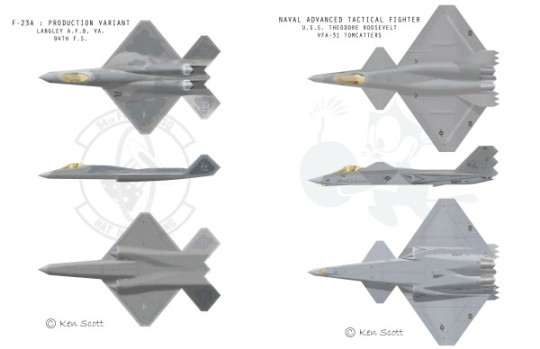
"A proposed naval variant of the YF-23 known as the NATF-23 was considered as an F-14 Tomcat replacement. The original YF-23 design was first considered but would have had issues with flight deck space handling, storage, landing, and catapult launching reasons requiring a different design."
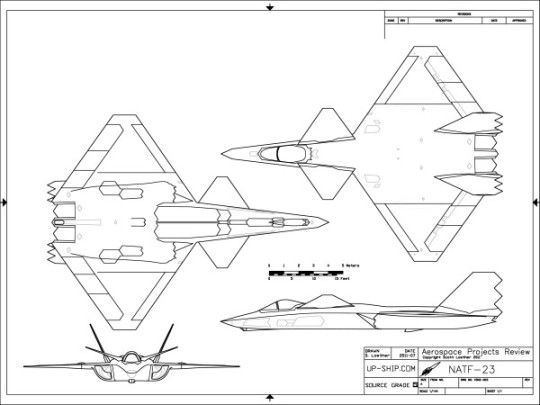
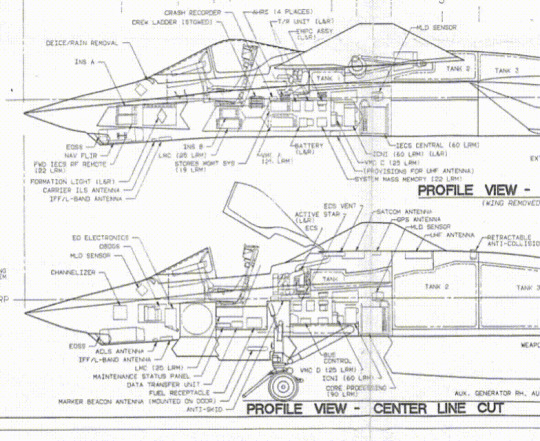
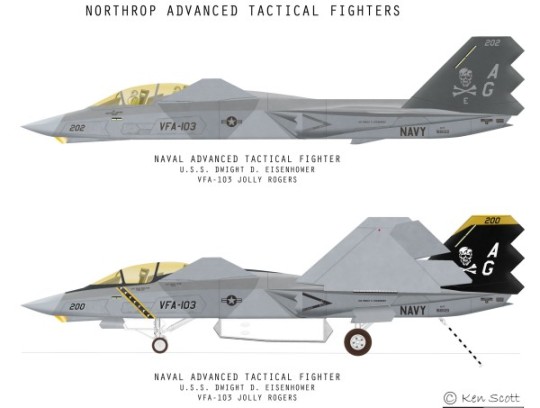
"The naval NATF-23 variant was different in many ways to the USAF version; the diamond wings were located as far back as possible, and the aircraft has conventional canted vertical tails instead of the ruddervator with serrations for low RCS and increased maneuverability at low speeds for aircraft carrier operations, folding wing capability for flight deck storage, reinforced landing gear, tailhook and canards for landing on aircraft carriers and thrust vectoring nozzles. The intakes were also different as they were a quarter circle with serrations, with a bumped compression surface. The NATF-23 had an increased 48 ft wingspan while the length was reduced to 62 ft."
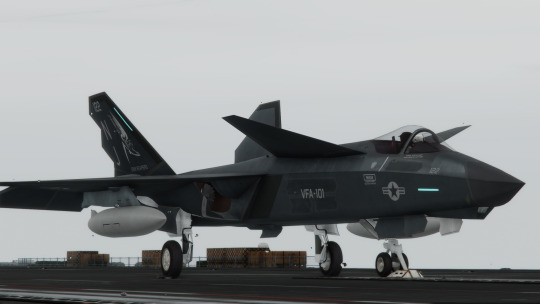

"The NATF program called for the procurement of 546 aircraft along with the USAF's planned procurement of 750 aircraft."
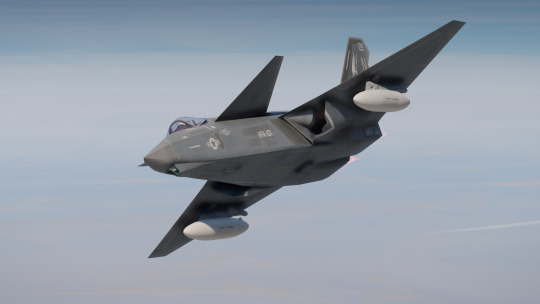
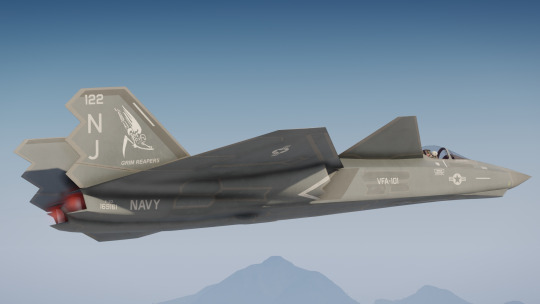
"The NATF's internal payload was 4AAAM/AMRAAM, 2 AIM-9, AND 500 RDS 20MM. No external load was mandated, but provision for external carriage of weapons was desired."
May 7, 1991 Testimony before the Senate Armed Services Committee.
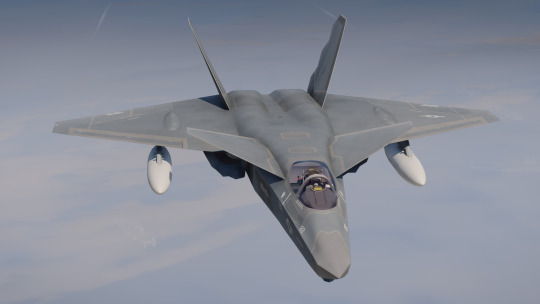
"The Major Aircraft Review, launched in early 1990 under Secretary of Defense Richard Cheney, reduced the peak production rates of both the ATF and NATF, from 72 to 48 and from 48 to 36, respectively. This had the effect of substantially increasing the program cost. In August 1990, Admiral Richard Dunleavy, who was in charge of Navy aircraft requirements, stated that 'he did not see how the NATF could fit into any affordable plan for Navy aviation.' The ATF Dem/Val flight-testing was accomplished from August 1990 through January 1991, but this had little impact on the prospects for an NATF. In early 1991, consideration of the NATF was finally dropped after it was determined that the F-14 could meet the Navy's air superiority needs through 2015. There was, at least initially, an option to restart the NATF program in fiscal year 1997, although that has since been abandoned."
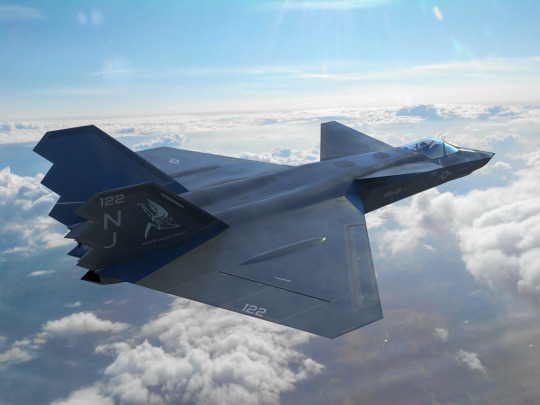
source, source, source, source
98 notes
·
View notes
Text
𝘍-22 🇺🇸 𝘱𝘩𝘦𝘯𝘰𝘮𝘦𝘯𝘢𝘭 𝘵𝘢𝘬𝘦𝘰𝘧𝘧 𝘧𝘰𝘰𝘵𝘢𝘨𝘦. 𝘛𝘩𝘳𝘶𝘴𝘵 𝘷𝘦𝘤𝘵𝘰𝘳𝘪𝘯𝘨 𝘪𝘴 𝘴𝘰𝘰𝘰𝘰 𝘤𝘰𝘰𝘭 !!
960 notes
·
View notes
Text

Blohm & Voss P 170 Prototype (Designed in 1942) 🎥 VIDEO: https://youtu.be/0fexamSfWxA
106 notes
·
View notes
Text

How long it takes to fly to different objects in the solar system?
222 notes
·
View notes
Text

Gate Guardian, F-104 Starfighter, National Museum of the U.S. Air Force, Dayton, OH
59 notes
·
View notes
Photo

2025 May 21
International Space Station Crosses the Sun Image Credit & Copyright: Pau Montplet Sanz
Explanation: Typically, the International Space Station is visible only at night. Slowly drifting across the night sky as it orbits the Earth, the International Space Station (ISS) can be seen as a bright spot about once a month from many locations. The ISS is then visible only just after sunset or just before sunrise because it shines by reflected sunlight – once the ISS enters the Earth’s shadow, it will drop out of sight. The only occasion when the ISS is visible during the day is when it passes right in front of the Sun. Then, it passes so quickly that only cameras taking short exposures can visually freeze the ISS’s silhouette onto the background Sun. The featured picture did exactly that – it is actually a series of images taken a month ago from Sant Feliu de Buixalleu, Spain with perfect timing. This image series was later combined with a separate image highlighting the texture of the active Sun which included several Sun’s prominences around the edge.
∞ Source: apod.nasa.gov/apod/ap250521.html
156 notes
·
View notes







